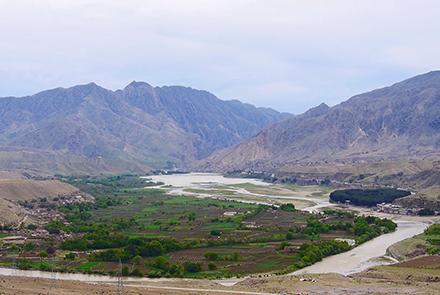Afghanistan Meteorological Department on Tuesday said this year the average temperature around the country has increased by about two degrees.
According to the department, last week the average high in Kabul was 27 degrees, up two degrees against the average for this time of year.
However, officials said rain across the country in the past few days has resulted in a considerable drop in temperature.
“A few days ago the weather was warm and reached between 25 and 27 degrees centigrade. The reason is that a high pressure system was present but it wastemporary,” Sayed Reza Musavi, the head of the meteorological department said.
In some parts of the country, farmers are extremely concerned about the increase in temperature.
The farmers said they need more water supplies to irrigate their fields. Kunduz is one province that has had to deal with unusually hot weather and farmers said the temperatures will rise further.
“There is no rain, it is a disaster and the fields will remain unirrigated,” Abdul Sattar, one farmer said.
“The lack of water (rain and snow) has caused lots of problems in Kunduz and Imam Sahib district in the province,” Arbab Mohammad, another farmer said.
“Wheat fields are drying up and the price of wheat is increasing at the bazaar,” said Karim, another farmer.
Recently, NASA’s Goddard Institute for Space Studies in New York reported that February 2018 was the sixth warmest February in 138 years of modern record-keeping.
NASA stated that February was +0.78°C warmer than the average February of the 1951-1980 period. The only months of February warmer than that occurred in 2016 (+1.34°C), 2017 (+1.12°C), 1998 (+0.90°C), 2015 (+0.87°C), and 2010 (+0.79°C).


